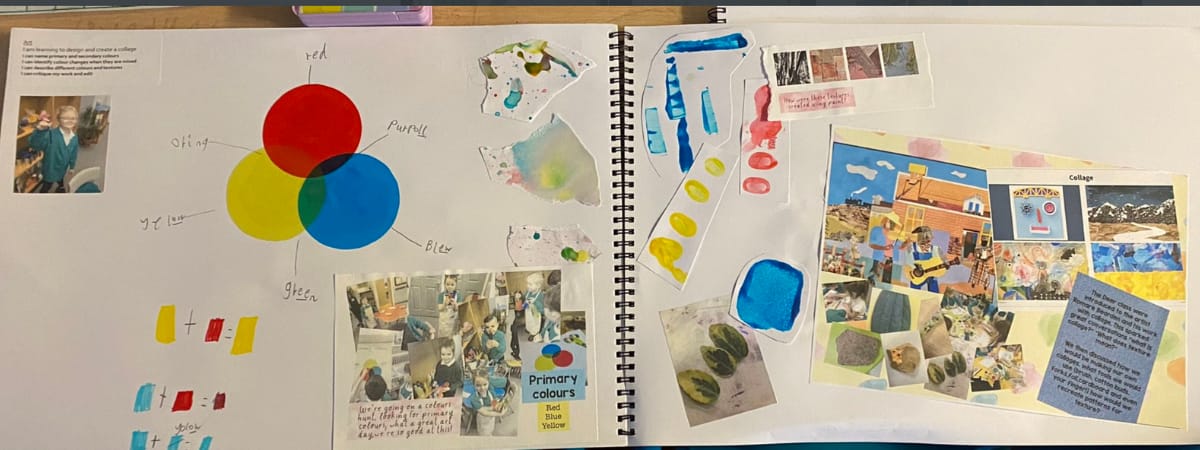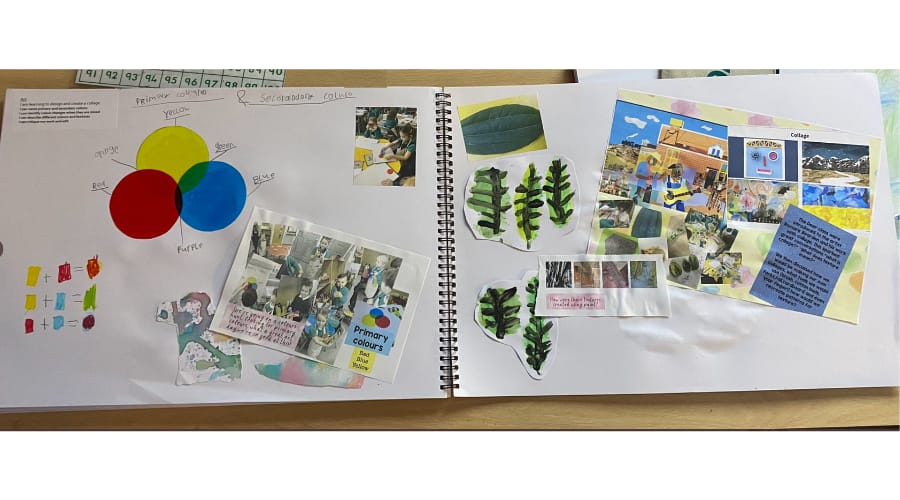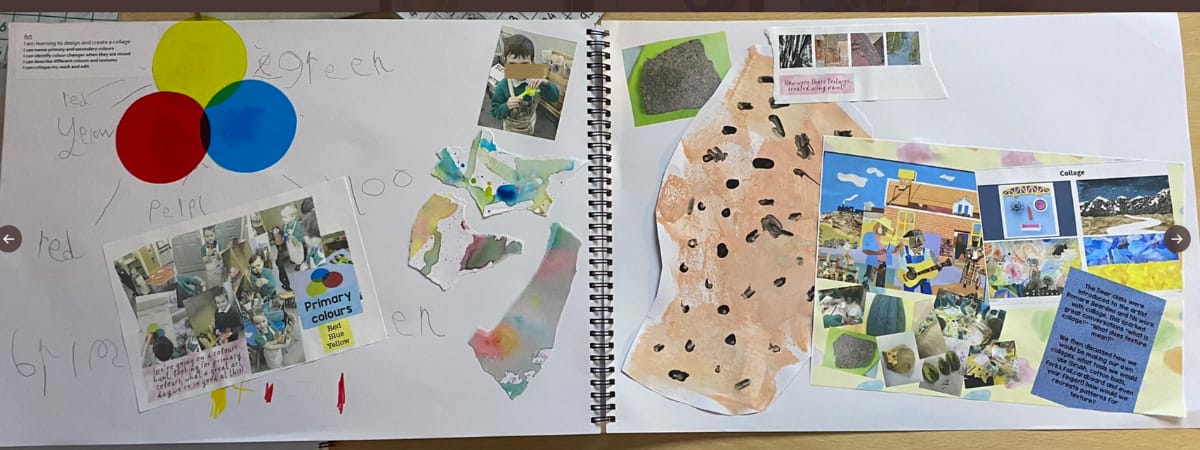How To Use Sketchbooks In Primary Schools
Written by Susan Coles
Published on 20th January 2021
Last Updated: 24th July 2024
Written by Susan Coles
Published on 20th January 2021
Last Updated: 24th July 2024

A sketchbook is an essential tool for any artist or designer. It can be especially valuable in helping children explore their creativity and develop their skills in Art & Design lessons. With the right guidance and support, a sketchbook can help children express themselves visually, experiment with different techniques and styles, and build their confidence in their artistic abilities. In this blog, we’ll explore what a sketchbook is, its benefits, and how we can support the use of sketchbooks in your classroom.
In the national curriculum (England), sketchbooks are mentioned only in key stage 2. The guidance states that children should ‘create sketchbooks to record their observations and use them to review and revisit ideas’. However, sketchbooks should not be exclusive to Key Stage 2, and we would encourage schools to use them across all key stages, including EYFS (Reception) and Key Stage 1.

A sketchbook is a personal space to explore and develop creative ideas. It records the thinking process through experimentation, often leading to outcomes, becoming an art form in itself. Too many people think that ‘sketch’ implies drawing, but sketchbooks can contain a variety of things:
Some schools call them ‘visual diaries’ or ‘ideas books’, for example.
Drawing is usually the main content of these books and has a purpose if used for perception, invention, communication and action. A sketchbook is very important for this and is also a place where children can record their ideas, thinking, evaluations, experimentation and individuality.
Don’t treat a sketchbook in the same way that you treat an exercise book. Marking needs a different approach. The work is predominantly visual, so there are no right or wrong answers.
Consider how and where you provide feedback so it doesn’t interfere with children’s work. Avoid ticks that imply they have got it ‘right’. Children become used to looking for a tick, so on the occasion there isn’t one, they may fear they’ve got it wrong.
Children learn from mistakes in this subject, which should be valued as part of the working process. Feedback should respond to the creative activities of drawing, putting down ideas, and carrying out design work, rather than writing. Sketchbooks should be exciting to look at, touch and feel, and are central to good practice.
Sketchbooks develop critical thinking skills and are very important in tracking progress, as well as developing both thinking and mastering techniques. You can often learn much more about a child’s progress in art by looking through their pages rather than at an isolated final outcome. It’s a good idea to have your own sketchbook – use it alongside the children’s modelling techniques, and store your own examples. Children love to see you using a book in the same way that they do.
So, don’t treat them as exercise books. They don’t need to be perfect and neat. Let children create personal books that they enjoy using. They should be messy and bursting at the seams! They should be free and individual, full of visual delights and prompts, and a visual record of ideas and experimentation.

The Kapow Primary Art and design scheme of work focuses on sketchbook use across every unit, emphasising the individual responses that children create from their learning.
Our Art and design curriculum is built around four core strands: Drawing, Painting and mixed-media, Sculpture and 3D, and Craft and design. Each strand offers a unique learning experience for pupils and the opportunity to use sketchbooks.
Pupils learn to observe the world around them and record their observations in their sketchbooks. They explore different drawing techniques and develop skills, such as shading and mark-making, to create expressive and detailed drawings – alongside making quick sketches to plan ideas and experiment with compositions.
Children develop painting methods and techniques, exploring the interplay between different media within an artwork. Children can use their sketchbooks to experiment with mixing colours, layering different textures, and presenting information on diverse and inspiring artists.
Sketchbooks are used to research artists and artwork alongside developing and adapting ideas and designs. Children explore different sculptural concepts and materials, such as clay, papier-mâché, and wire, to create sculptures and 3D designs that are both imaginative and functional.
Children develop practical skills and an understanding of art in a broader context, working with diverse materials, mediums, techniques and processes. Children explore paper making, photography, surface pattern design, and fibre craft, using sketchbooks to develop and present artistic ideas during the planning stage.
Sketchbooks are a valuable tool in our curriculum, allowing children to document their design process, experiment with different materials and techniques, and reflect on their progress and learning. Using sketchbooks, children can refine their designs, troubleshoot problems and make changes to create a final product that meets their goals and objectives.
The images used in this blog are special thanks to Heartwood CE VC Primary and Nursery School.
Updated in April 2023 by Kapow Primary, originally authored by Susan Coles.